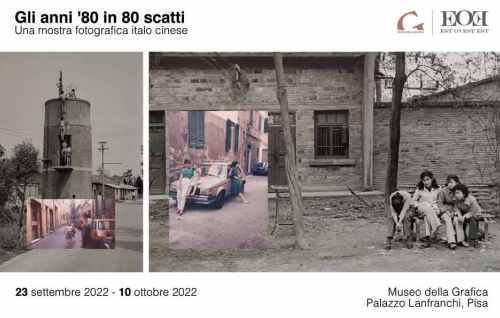
On Friday 23 September at the Museo della Grafica of Palazzo Lanfranchi in Pisa, the exhibition “The 80s in 80 shots” will be inaugurated, and will be on display until 10 October 2022.
This is a collection of 20 photographic prints made by the artist and sinologist Andrea Cavazzuti, combined with 60 digitized photographs (from original diapositives) found in the albums of families emigrated from China to Italy in the 1980s.
From the concept developed by association EOE, the exhibition is organized under the patronage of the Municipality of Pisa and of the Confucius Institute, and supported by association Imago and ACSI.
Download the invitation (PDF)
Venerdì 23 Settembre nel Museo della Grafica di Palazzo Lanfranchi si inaugura la mostra “Gli anni ’80 in 80 scatti”, una raccolta di 20 stampe fotografiche realizzate dall’artista e sinologo Andrea Cavazzuti, oltre a 60 fotografie digitalizzate (diapositive) rintracciate negli album delle famiglie emigrate dalla Cina in Italia negli anni ’80.
Nata da un’idea dell’associazione EOE (EstOvestEst), la mostra è patrocinata dal Comune di Pisa e dall’Istituto Confucio di Pisa, partner principale di EOE, con il supporto anche di IMAGO e ACSI.
L’esposizione sarà aperta al pubblico da venerdì 23 settembre a lunedì 10 ottobre 2022, visitabile tutti i giorni dalle ore 10:00 alle ore 19:00 escluso il lunedì.
In occasione della mostra, venerdì 30 Settembre è previsto un dibattito per raccontare la Cina di quegli anni e il modo in cui iniziavano ad affacciarsi al contesto italiano le prime famiglie cinesi, il loro processo di integrazione e le prime relazioni. Oltre all’artista Andrea Cavazzuti, all’incontro parteciperanno Barbara Pasquale, documentarista e video editor; Carlo Laurenti, scrittore e traduttore; Zhi An, professore e scrittore collegato direttamente dalla Cina via streaming.
SULLA MOSTRA
La raffinata ricerca di Andrea Cavazzuti che si presenta con stampe in bianco e nero di fotografie realizzate in quegli anni, contrasta con le foto proposte in video, riprese dagli album di famiglia, foto a colori che mantengono il sapore delle stampe comuni che ognuno di noi conserva tra i propri ricordi, e costituiscono uno spunto di riflessione su un periodo della nostra storia recente che, se ben vista con sguardi molto diversi, sottolinea una lontananza che oggi appare quasi dimenticata. Così spiega il suo rapporto con la Cina il fotografo Andrea Cavazzuti in un’intervista di Olivo Barbieri “…allenato com’ero a cercare oltre gli stereotipi anche in patria, fotografavo una Cina non vista e, quel che è peggio, nemmeno immaginata, quindi invisibile. Le cose già viste soddisfano, consolano, hanno a che fare con la memoria, mentre il non visto è secco, scostante, refrattario, a volte antipatico. La Cina mi si presentava come uno straordinario bazar di oggetti, scene e comportamenti non omologati tra i nostri cliché culturali. Per me era irresistibile: gli oggetti in vista, la totale mancanza di privacy, le attività umane messe in scena su un palcoscenico sempre aperto, il paradiso del fotografo”. E conclude “Non è possibile immaginare cosa sarà la Cina domani senza considerare cosa sia stata fino a ieri. E’ l’ultima frontiera di espansione della civiltà globale per come l’abbiamo conosciuta fino ad oggi. È l’ultimo e definitivo confronto di civiltà. Dopo la Cina, saremo al bivio. Mi illudo e spero, con questa mia scelta di vita, di aver dato a me stesso e ai miei figli almeno la possibilità, una volta giunti al bivio, di saper leggere i segnali stradali”.
CENNI BIOGRAFICI SU ANDREA CAVAZZUTI
Andrea Cavazzuti (Milano, 1959) è artista, fotografo, video e film maker e sinologo. Laureato in lingua e letteratura cinese presso Ca’ Foscari di Venezia. Nei primi anni ottanta si reca in Cina a Nanchino nel 1981 e poi a Shanghai nel 1982 per studiare per due anni alla Fudan University, esperienza che stabilì il suo legame indissolubile con la Cina. Inizia a fotografare negli anni settanta. Negli anni novanta si dedica a video e film. Il suo lavoro tratta diversi aspetti dell’arte e della società. Ha realizzato e partecipato a numerose produzioni, sia televisive che cinematografiche, poi distribuite da RAI, ARTÈ, SRF, ABC e Sky TV, nonché proiettate in cinema e istituzioni culturali internazionali. Il suo lavoro è stato esposto in Musei quali, Triennale di Milano, Italia; Guangdong Museum of Art, Guangzhou, Cina; Museo Marco, Vigo, Spagna; Working People’s Cultural Palace, Pechino e Changjiang Museum, Taiyuan, Cina; MAXXI, Roma, Italia; Carnegie Hall, New York, Stati Uniti; Museo Ferroviario di Pietrarsa, Napoli, Italia.
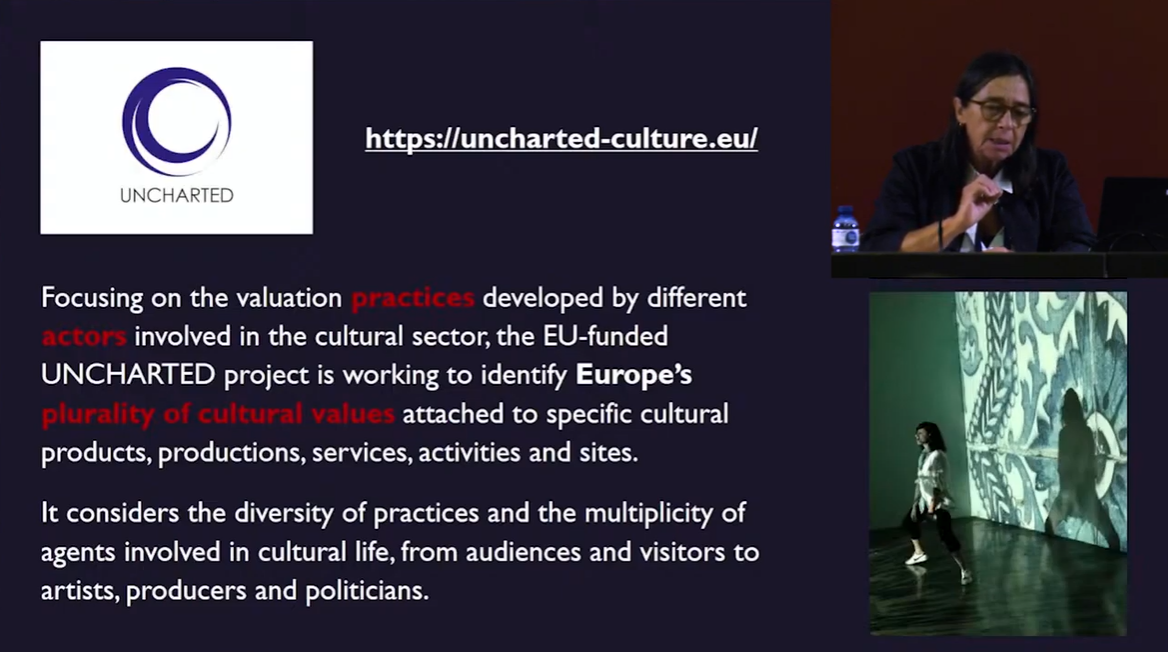
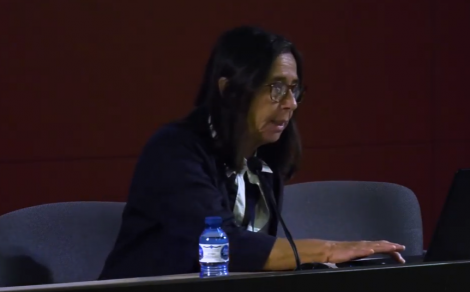 Antonella Fresa, director at Promoter and technical coordinator of UNCHARTED, attended the event as speaker with the presentation “Cultural values, identities, participation and local communities” during which she presented the UNCHARTED project.
Antonella Fresa, director at Promoter and technical coordinator of UNCHARTED, attended the event as speaker with the presentation “Cultural values, identities, participation and local communities” during which she presented the UNCHARTED project.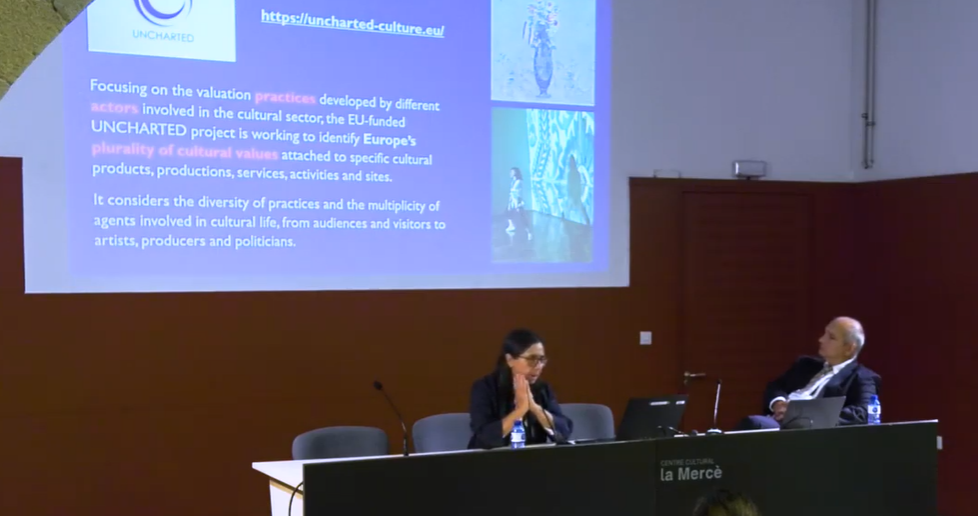


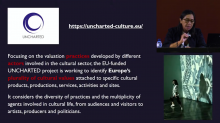
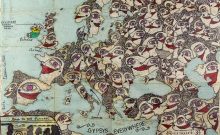
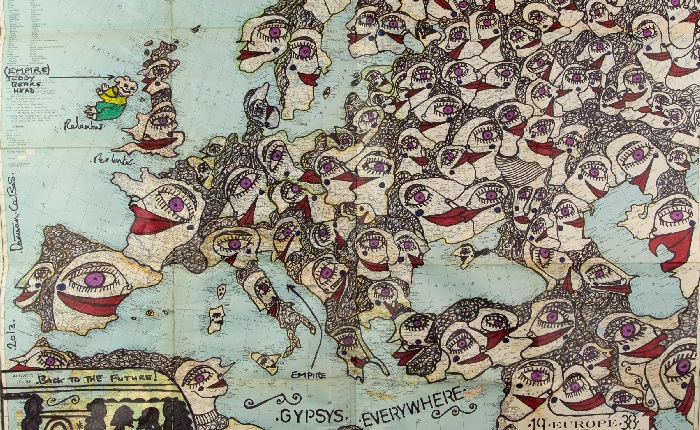 img. (cropped): Back To The Future! Safe European Home 1938, Damian Le Bas, Kai Dikhas Foundation / ERIAC, In Copyright – Educational Use Permitted.
img. (cropped): Back To The Future! Safe European Home 1938, Damian Le Bas, Kai Dikhas Foundation / ERIAC, In Copyright – Educational Use Permitted.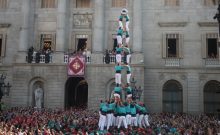
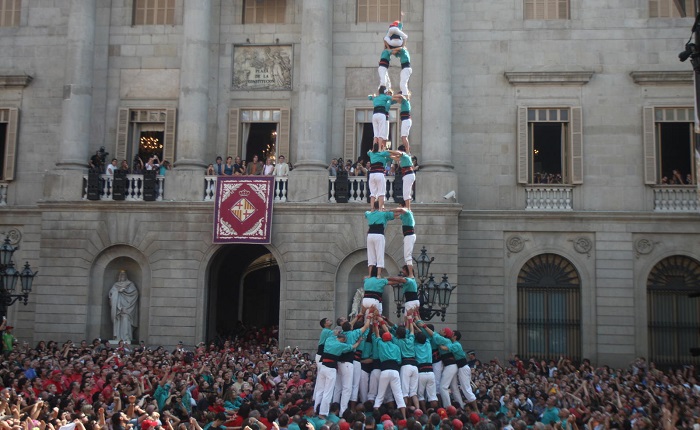
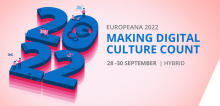
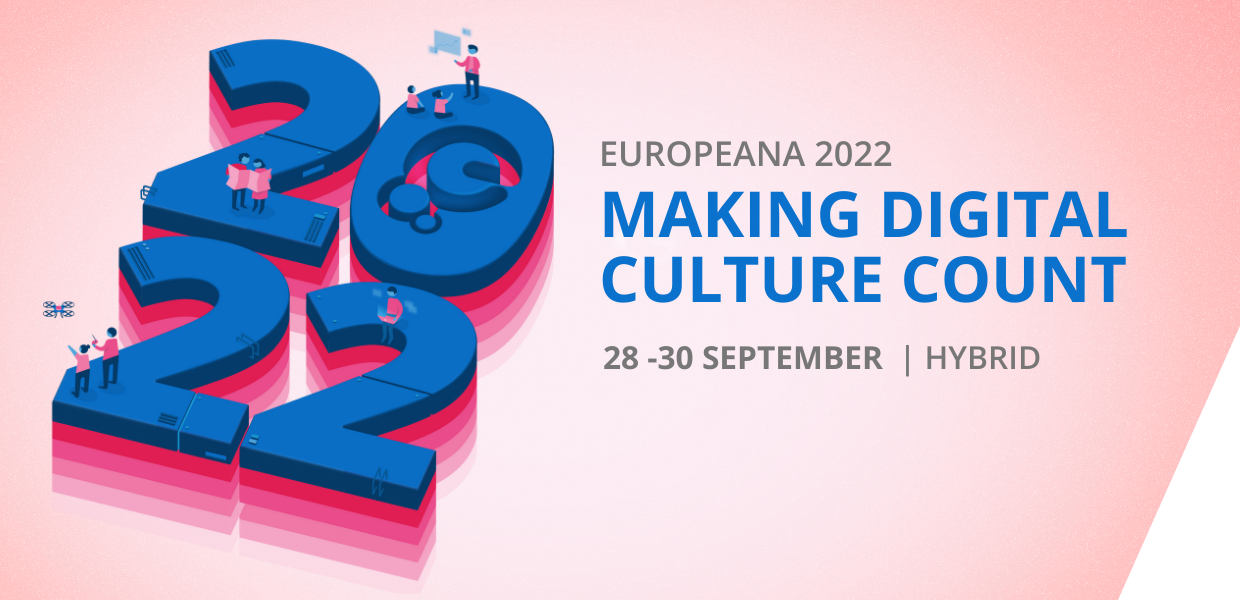 From 28 to 30 September the annual Europeana conference will take place in a hybrid format: online and on-site at the KB, National Library of the Netherlands in The Hague.
From 28 to 30 September the annual Europeana conference will take place in a hybrid format: online and on-site at the KB, National Library of the Netherlands in The Hague.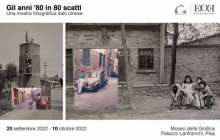

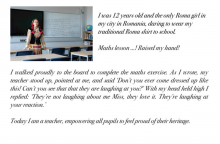
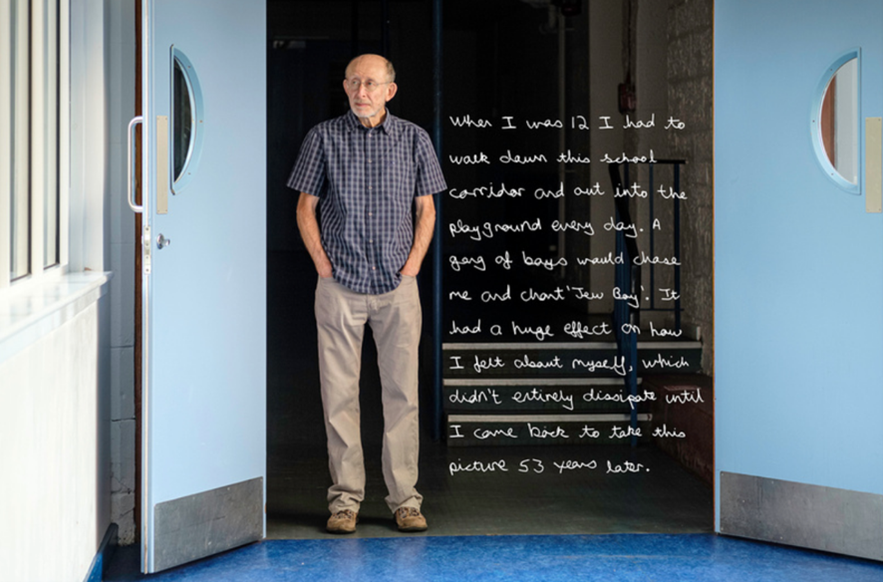
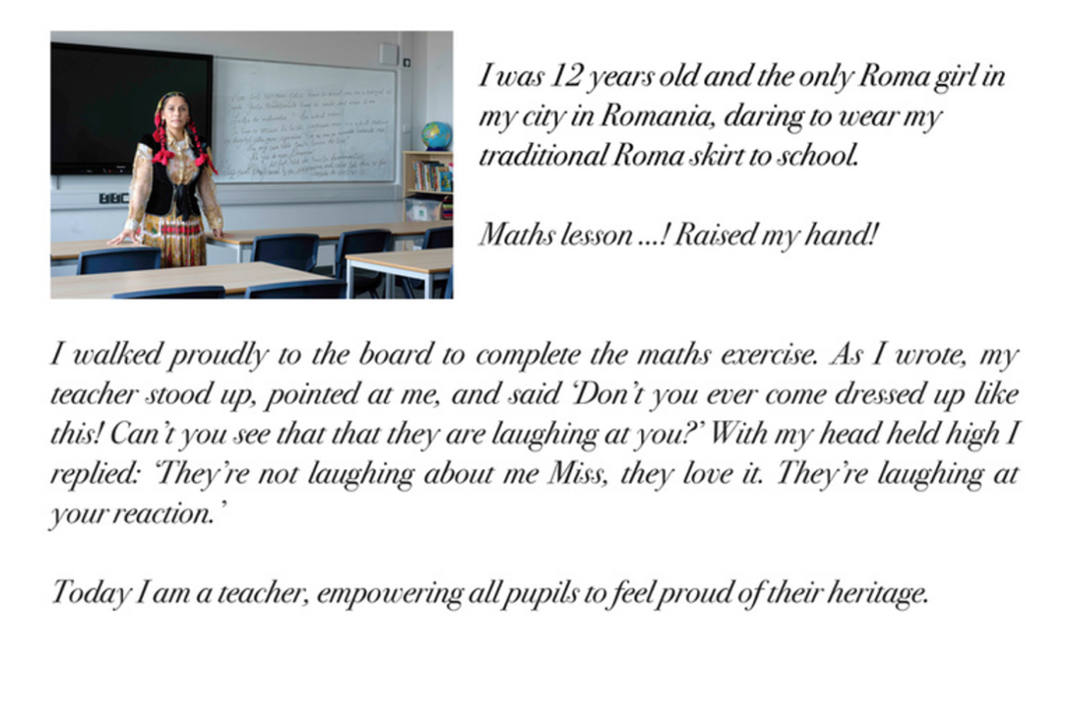
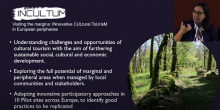
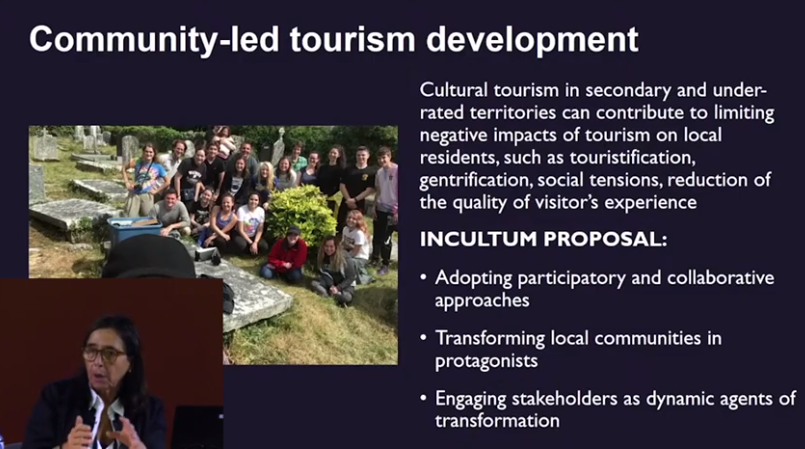
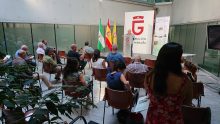
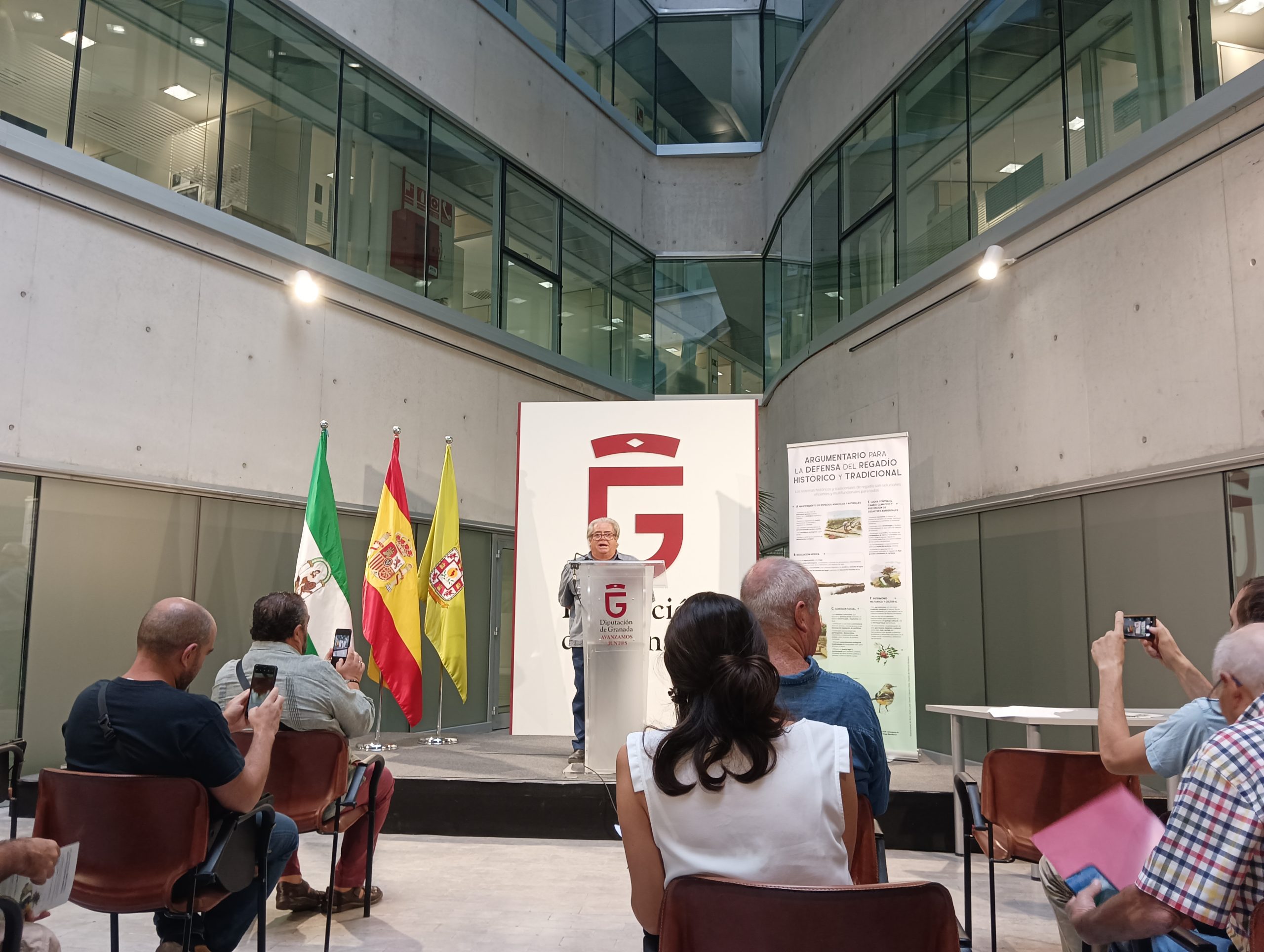 text and images courtesy of Elena Correa Jiménez (University of Granada).
text and images courtesy of Elena Correa Jiménez (University of Granada).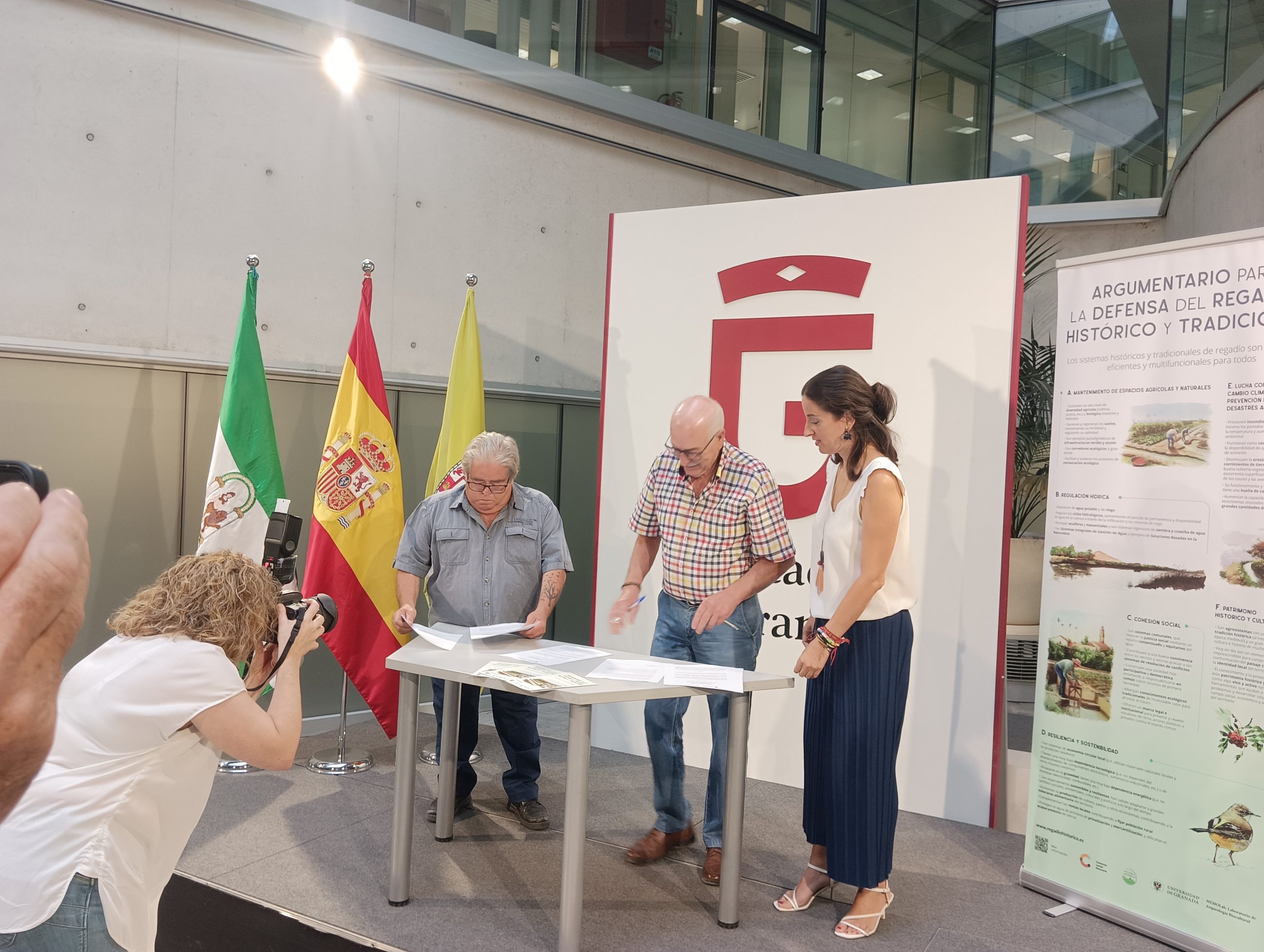
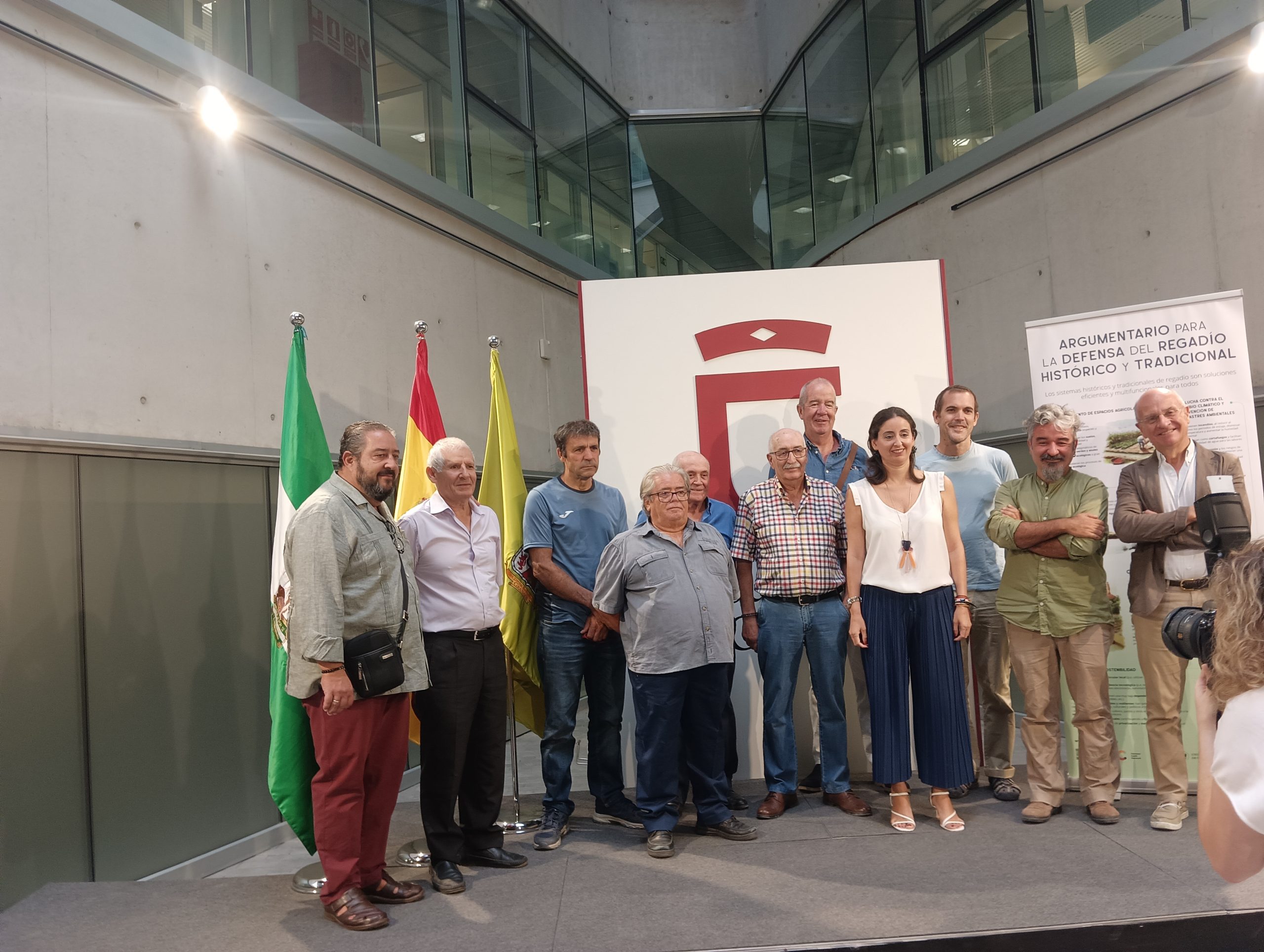
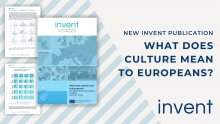
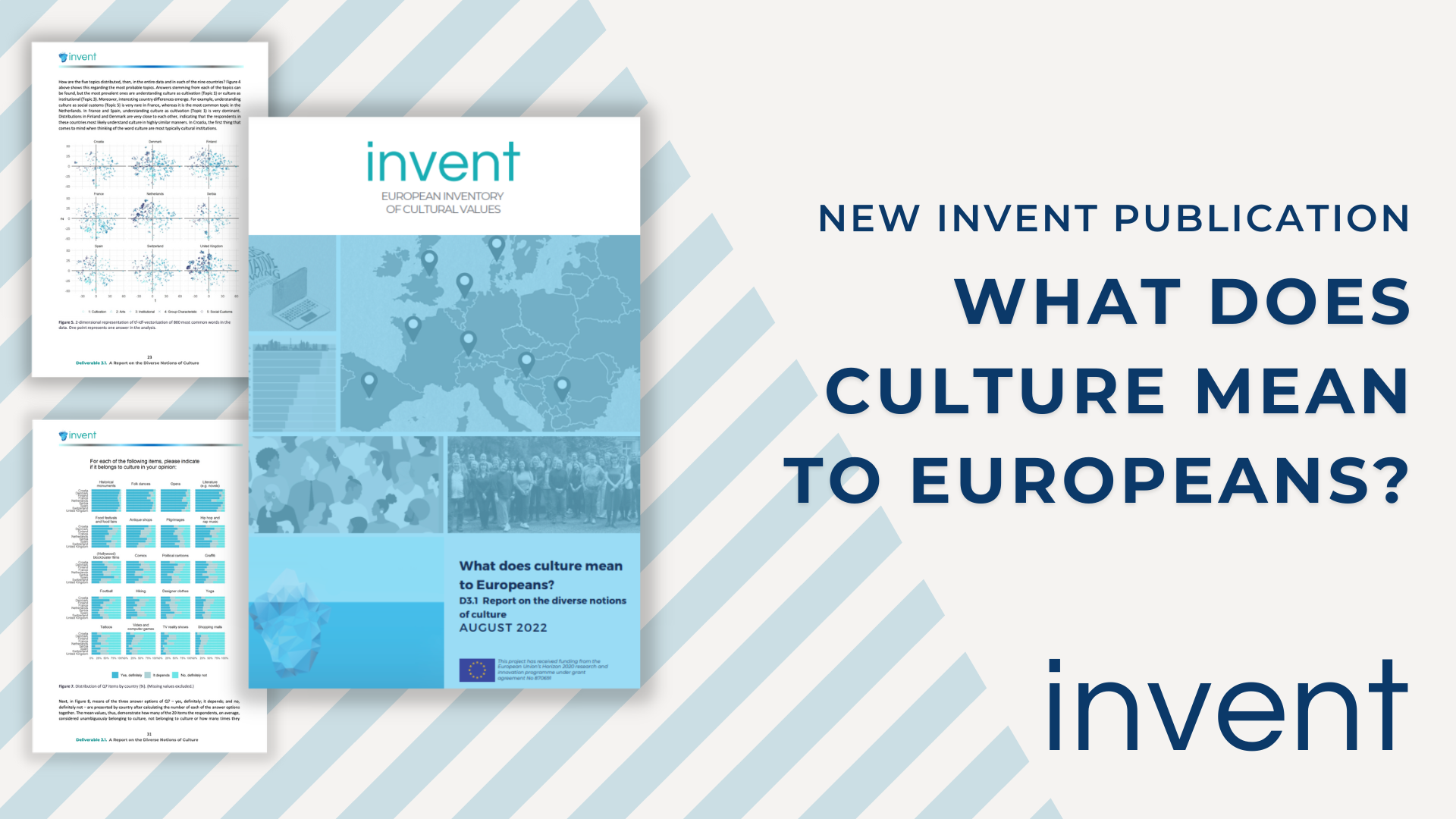 What does culture mean to Europeans?
What does culture mean to Europeans?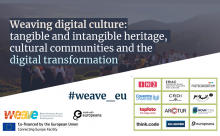
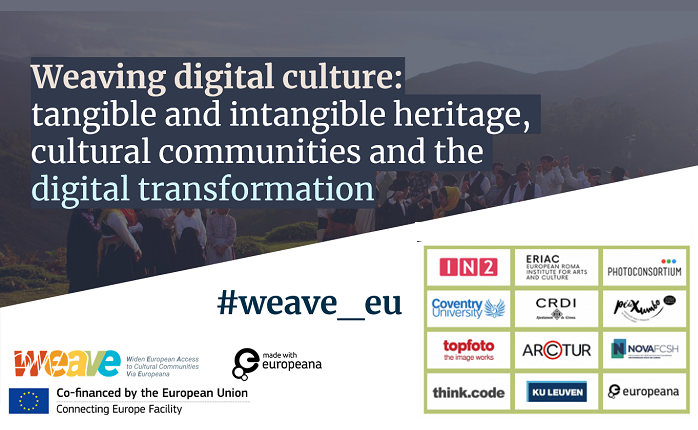




















 If you have interesting news and events to point out in the field of digital cultural heritage, we are waiting for your contribution.
If you have interesting news and events to point out in the field of digital cultural heritage, we are waiting for your contribution.







































